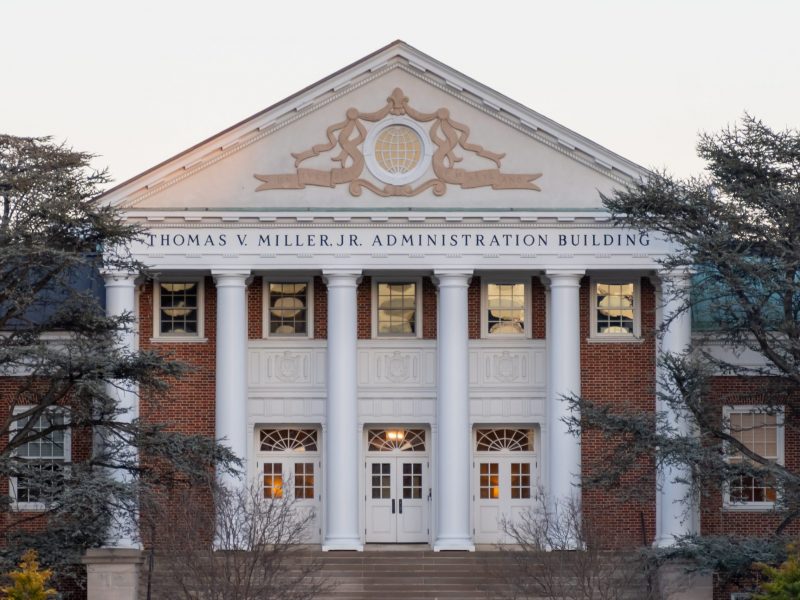The Diner is going solar.
Twenty new solar panels that will be used to generate heat were installed on the roof of The Diner in North Campus last week — the latest step in a university plan to overhaul utilities in nine buildings to be more energy efficient.
The 20 solar panels are meant to generate one-third of The Diner’s hot water, which is used for cooking and washing dishes and hands, university officials said.
Although the projects included in the Energy Performance Contract will cost $20 million, Dining Services officials said in the end, the university will break even in costs because the money saved will be used to pay back the 10-year loan it received from a state program used to foot the construction bill.
“The solar panels are just a piece of the amazing energy saving puzzle we are so proud of,” Assistant Director of Facilities for Dining Services Greg Thompson said.
In line with the university’s long-term goal of reducing the carbon footprint of the campus to zero by 2050, the solar panel instillation comes on the heels of a slew of other green alterations being made to campus facilities.
According to the report issued on the project in October, the expected annual carbon reduction these alterations will provide is equal to the university planting about 20,700 trees every year.
This year, the university equipped high-rise dorms and other newly constructed buildings with water-conserving toilets, exchanged all lights on the campus with energy-efficient fixtures, replaced all air conditioning compressors and added five new exhaust hoods —used to moderate the amount of steam allowed to escape — onto building pipes .
“When completed, it is projected to save about $1.7 million annually in avoided energy costs — nearly 5 million kilowatt-hours and 2.5 million gallons of water,” Facilities’ Conservation Manager Susan Corry said.
The exhaust hoods alone have already saved 26,000 kilowatts per hour each since being installed in the last year, said Joe Mullineaux, senior associate director of Dining Services.
“The Energy-Saving Opportunity began about one year ago, and all upgrades to North Campus Diner will be completed by the end of the semester,” Mullineaux said.
Johnson Controls, the company responsible for installing all the new, green utilities, will be paid with money borrowed from the state through a program that offers up to $70 million in loans to government agencies to purchase construction equipment.
Solar panels are also expected to be installed on the roof of Cole Field House. They will be primarily used to power the Driskell Center — a center dedicated to studying and showcasing African Diaspora art and culture.
Project construction in other campus locations is expected to continue through April 2011. Looking to the future, facilities officials have said the university may expand the project to encompass six more buildings, including the Art-Sociology Building, the Plant Sciences Building and Easton Hall. But the South Campus Dining Hall will not see any new solar panels or other green equipment installed anytime soon.
cetrone@umdbk.com


